The Ciénaga de Mallorquín Ecopark reveals a enchanting location where flora and fauna converge. It establishes itself as one of Barranquilla’s most precious ecosystems, with the potential to create significant social, economic, touristic, and environmental changes.
Situated at Barranquilla’s northernmost tip, the Mallorquín marshland encircles a coastal lagoon. This marshland shelters 15 species of marine invertebrates, 9 fish species, an equal number of amphibians and reptiles, as well as 81 bird species. Furthermore, researchers have documented 4 species of mangroves in this area.
The restoration of Mallorquín represents the Caribbean region’s most ambitious environmental project. Its goal is to promote ecotourism and conservation, aligning with the vision of transforming Barranquilla into Colombia’s foremost biodiverse city.
Furthermore, this effort receives reinforcement from the restoration of Puerto Mocho beach and the Las Flores tourist train. It is accompanied by the pioneering tourism and transportation offering through the Magdalena River with the RíoBus.
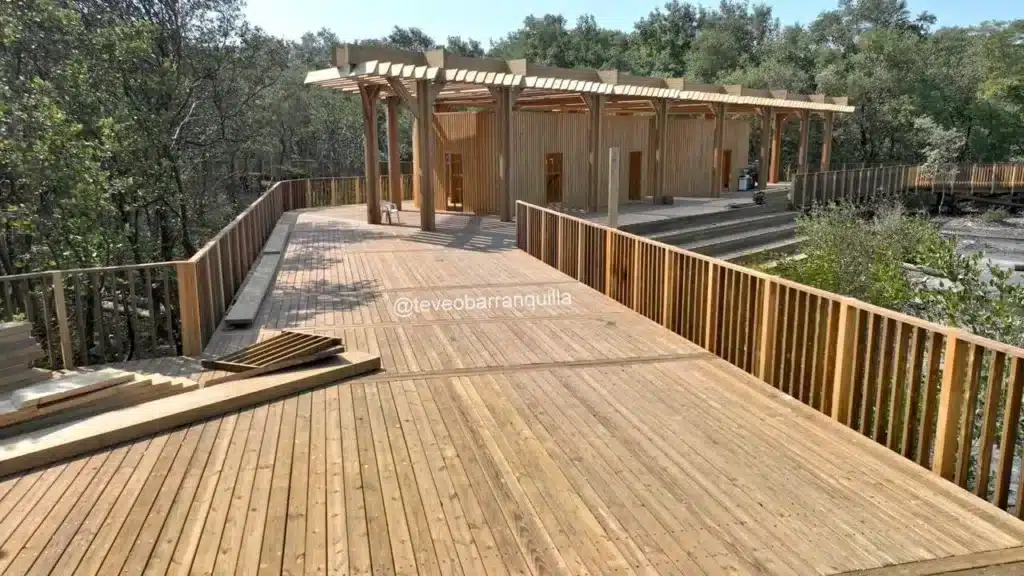
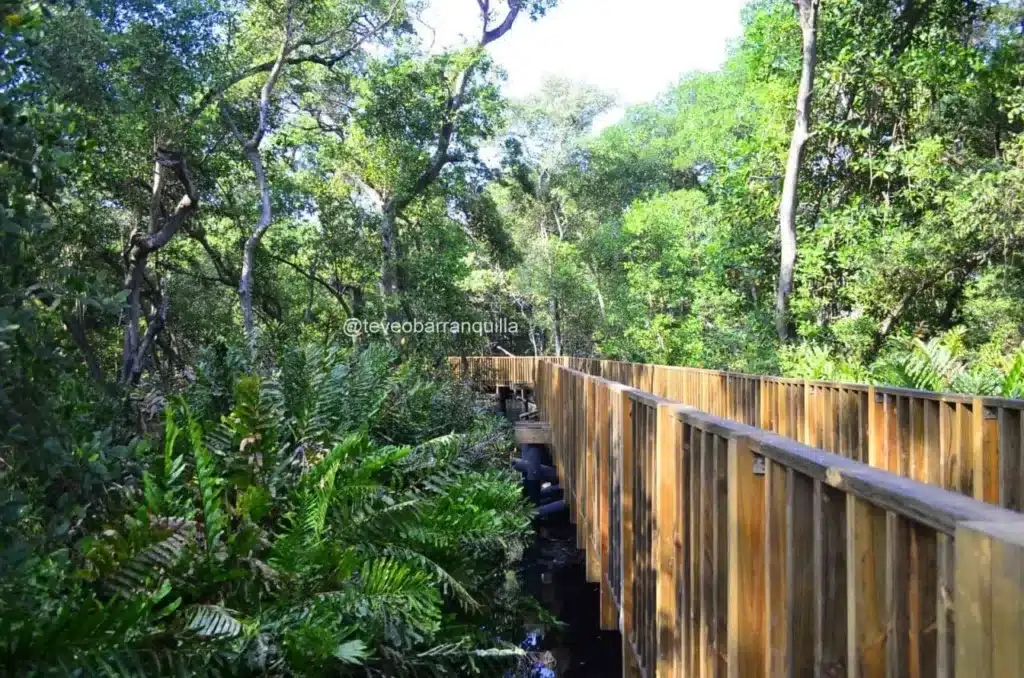
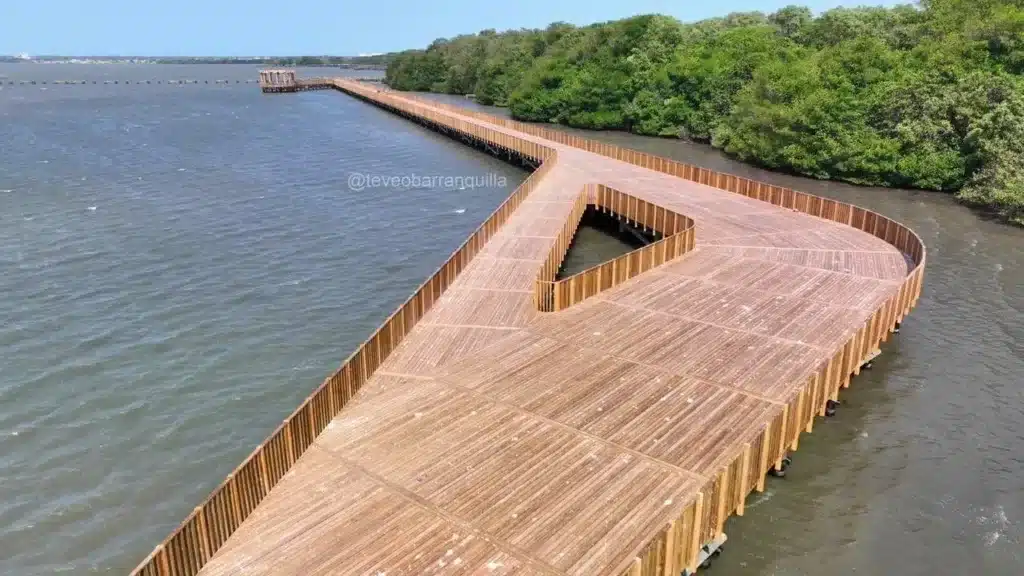
What activities will there be once the Ciénaga de Mallorquín Ecopark opens?
The project intends to offer ecological tours along trails within the mangroves and marsh water, providing opportunities for local, national, and international visitors to engage in a variety of activities. These activities include bird watching, biking, water sports, cultural interactions, dining at restaurants, a natural pool, and a dock.
The initial operational segment of the Ciénaga de Mallorquín Ecopark comprises 1.5 kilometers of pedestrian trails, 1.4 kilometers of bike lanes, 4 commercial spaces, and a parking area with the capacity to hold 58 vehicles.
The first phase of the project aims to be ready by the end of 2023.
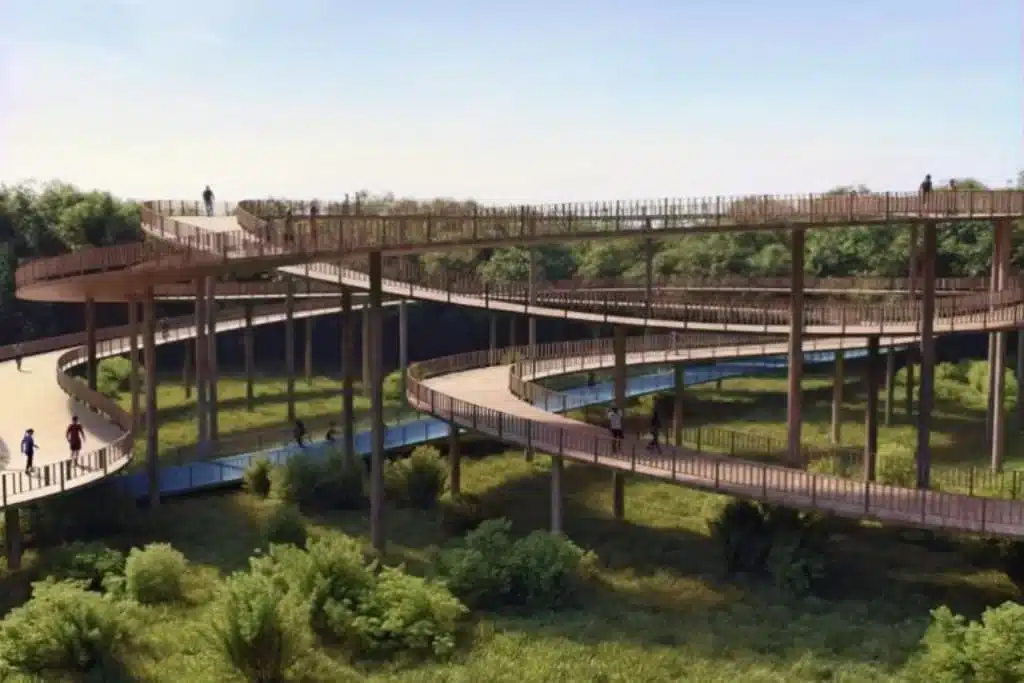
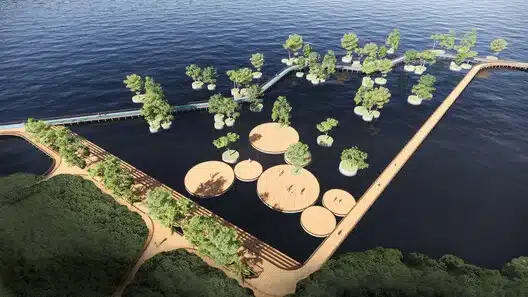

What type of materials are being used to build the ecopark?
The project selected wood as the primary material for pedestrian pathways and bike lanes. Additionally, for the equipment and architectural elements, the plan suggests the utilization of Eco Wood, a Wood Plastic Composite derived from the natural sawdust of diverse wood types.
This particular wood variety is known as Southern Yellow Pine. It falls within the classification outlined by the SPIB standard (Standard Grading Rules for Southern Pine Lumber). Similarly, the wooden piles, totaling 1,041 in number, were inserted into the ground. These piles have diameters spanning from 0.2 to 0.25 meters.

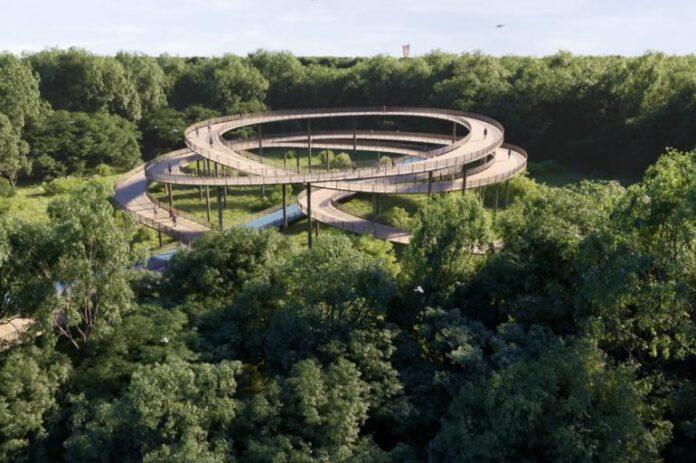
[…] Future ecotourism destination: Ciénaga de Mallorquín Ecopark […]